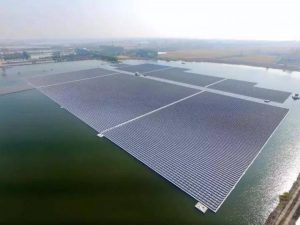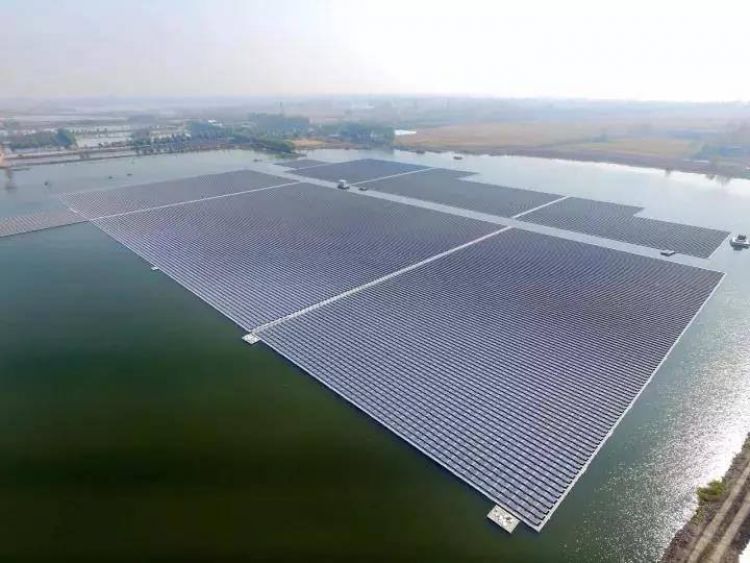European solar installations hit a five-year high in 2018, and the annual market should crack 20 gigawatts by 2021, according to the latest research from Wood Mackenzie Power & Renewables.
Europe’s solar market is undergoing a resurgence. More than 10 gigawatts were installed in 2018 for the first time in five years, and the market should break through the 20-gigawatt barrier by 2021, according to Wood Mackenzie’s latest research.
Countries are rushing to meet their 2020 climate-energy obligations, while targets for 2030 are currently under review.
During this time frame, European power markets will see deep levels of decarbonization, with solar PV playing a key role. Several countries have ambitious goals for solar: the Italian government is targeting 50 gigawatts by 2030, and France has a 20-gigawatt target for 2023.

Two primary drivers of growth
Auctions for utility-scale projects and feed-in tariffs (FITs) for distributed generation (DG) solar remain the two primary drivers of solar installations in Europe. In France and Germany particularly, auctions will deliver large volumes of capacity — between them almost 19 gigawatts is due to be procured between 2019 and 2024. Italy is also poised to launch joint onshore wind-solar auctions in 2019, though final European Commission signoff of the associated legislation is still required.
Outside of auction programs, subsidy-free deployment in Europe continues to gather pace.
Spain has a pipeline of almost 10 gigawatts of subsidy-free projects under development, on top of the 3.9 gigawatts of projects awarded during 2017’s auctions which should be delivered in 2019. Most developers are looking for corporate or utility PPAs, while some are going down the merchant route. Other subsidy-free projects are under development in the U.K., Italy, Portugal, Germany and Denmark.
Read more: Greentech Media



